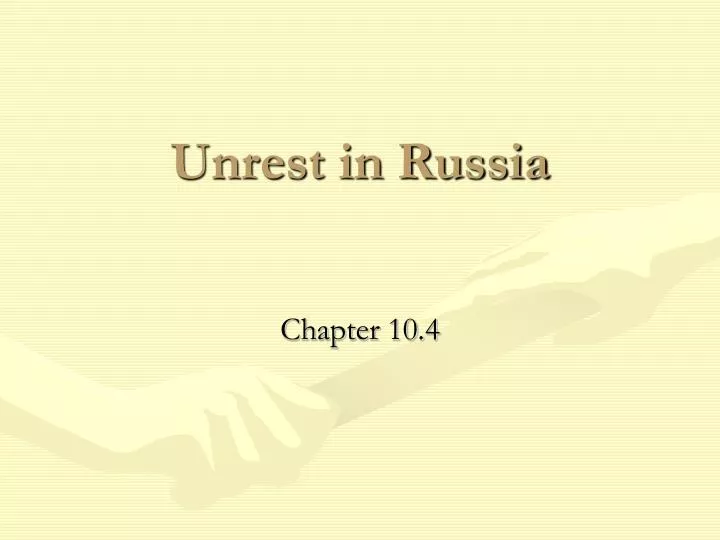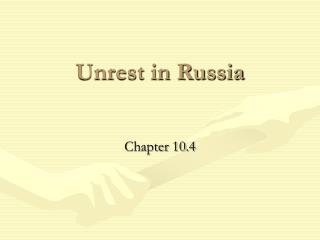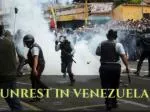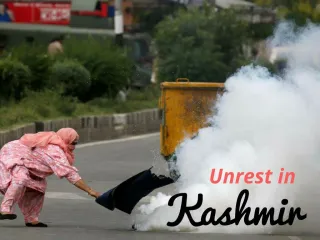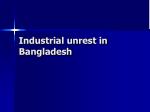
Unrest in Russia
Presentation Transcript
Unrest in Russia Chapter 10.4
Russian Society • Autocracy – government by one ruler with unlimited power • Serfs – people who were considered part of the land they work on and were ruled by lords • Technically they weren’t slaves • Living conditions & treatment were much like slavery
Secret Societies • Decembrist Revolt • Included many military officers • Publically refused to declare allegiance to the new czar • Nicholas I crushed the revolt • Some sent to Siberia • 5 were executed • Revolt failed at first, but did begin a movement that grew in the years ahead
Alexander II • Came to power at the end of the Crimean War (which many saw as a Russian defeat) • Showed Russia how far behind they were compared to other European nations.
Alexander II • Reforms • Freed serfs & gave them the right to own land • Tried to build a market economy • New judicial system • Some local self-government • Reorganized the Russian army & navy • Still people wanted more change & Alexander II was assassinated in 1881.
Notes Break • Hand out “Dead Souls” by Nikolai Gogol • Need a volunteer to look up vocabulary words. • Pronunciations: • Sobakevitch So-bak-uh-vitch • Tchitchikov Chit-che-kov • Mihyeev Mey-eev • Probka Stepan Prob-kuh Step-an • Rouble roo-ble
Alexander III • Son of Alexander II • Ended the reforms of his father • Attempted to squash individuals & groups suspected of plotting against the govt.
Alexander III • Pogroms – organized persecutions and massacres of Jews in Russia in the 1880s • Jews were wrongly blamed for Alexander II’s assassination • Alexander III did nothing to stop this
Nicholas II • Industrialization developed rapidly • Trans-Siberian RR – linked western Russia with Siberia • Eventually led to conflict and war
Marxists in Russia • Some Russians wanted to create a socialist republic (according to Marx’s theories) • Society in which there would be no private property • The state would collectively own and distribute goods • Vladimir Lenin (a Marxist) • Called for the overthrow of the czar • “the shame and curse of Russia”
Priestly Petitions • (1905) Father Gapon planned to bring a petition to the czar at the Winter Palace. • Listed a number of demands for change • When protesters neared the palace troops fired at the group & hundreds died. • This day came to be known as Bloody Sunday
THINK-PAIR-SHARE Bloody Sunday • Page 333 in text (Think – jot down in your notes) • Why paint this scene? Why is it important? (Pair & Share) • How would you describe the expressions and body language of the people shown? • What statement did Makovsky make by titling the painting Death in Snow?
Bloody Sunday • Inspired people to rise up against the czar • Rebellions broke out all through cities & the country side • Workers went on strike, students protested, peasants rebelled against landlords • Some 2 million workers protested which shut down the RR system
The October Manifesto • An official promise for reform (issued by Nicholas II) • Promised a Russian constitution • Individual liberties to all Russians (freedom of speech & assembly) • Right to vote
Duma – an assembly that would approve all laws of Russia • Voters elected representatives to serve on the Duma
Nicholas II promised not to pass any laws that did not go through the Duma • 1906 Duma’s 1st meeting was dissolved by Nicholas II because they made too many demands
Handouts • Russian Expansion - map • Karl Marx - bio • Finish other handouts: • Giuseppe Verdi - bio • National Song of Hungary 1848 - The Rise of Russian Nationalism
Exit Slip • Identify the causes and effects of the Russian Revolution of 1905.
~Break Time~ • War & Peace • Look in the text on page 335. • Read the excerpt. • Class discussion and interpretation
